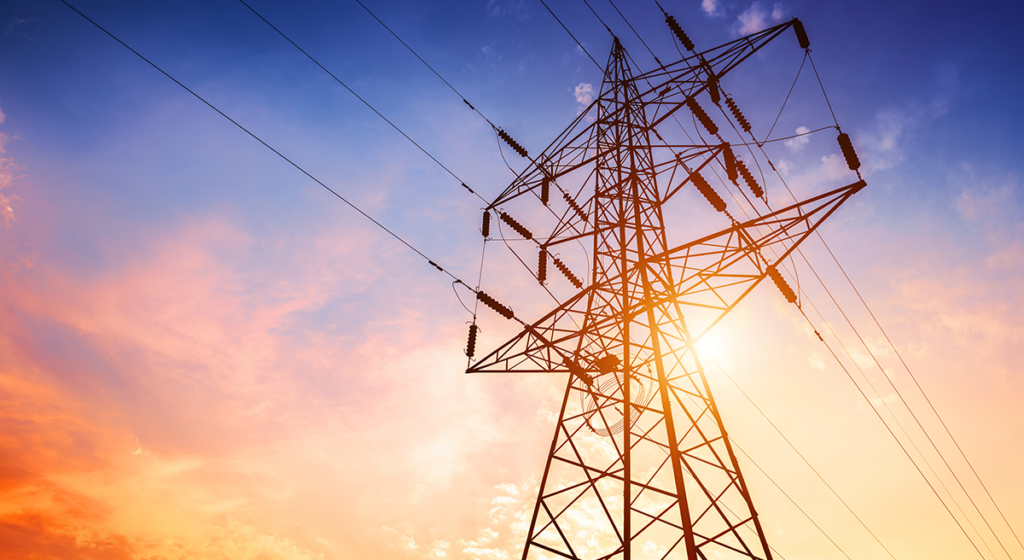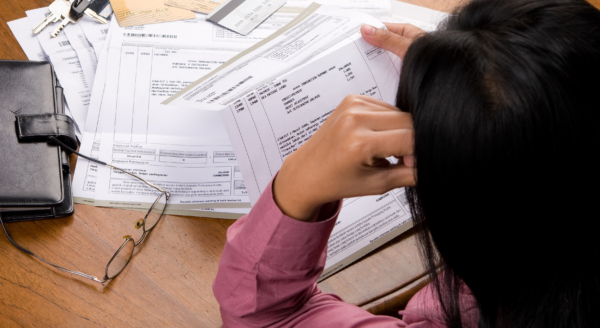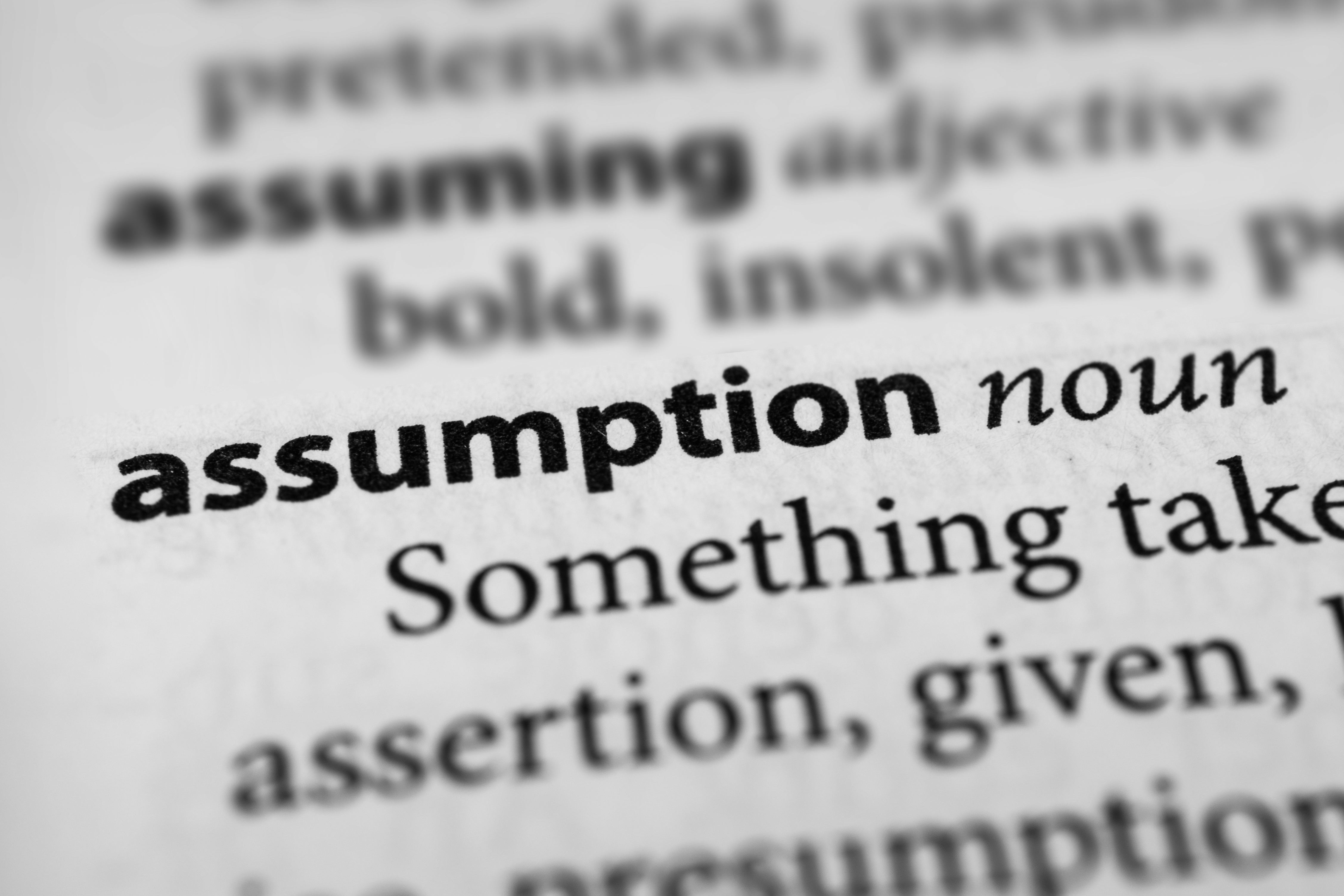Maintaining power on the electricity grid is a matter of life and death, especially during a heat wave.
The U.S. Centers for Disease Control and Prevention estimates that 700 people die from heat-related causes nationwide each year. Researchers say that number is way off the mark: a recent study put the tally of U.S. heat-related deaths at 5,600 annually.
California is no stranger to heat-related mortality. As recently as 2020, California’s electricity grid buckled under intense demand during a lengthy period of extreme heat, leaving hundreds of thousands without power. Emergency room visits soared to nearly 10 times their normal number, and deaths spiked, according to county health officials.
Yet, as the Los Angeles Times notes in an October 2021 report:
“More than a year after California was struck by two of the most severe heat waves in its history, there has been no official inquiry into how many people perished. After most natural disasters comes a reckoning … But after 2020’s deadly heat waves, there was silence.”
Albeit quietly, however, the 2020 disaster informed future policies on grid reliability.
At the time, Governor Newsom said the state must do a better job of planning its transition to an all-renewable grid – an effective admission that the state had moved too quickly away from traditional energy supplies. According to the California Energy Commission, from 2013 to the blackout disaster of 2020, the state had retired 10,000 megawatts of nuclear and natural gas power – roughly a fifth of peak demand.
By 2022, as another heat event caused record-breaking demand for electricity, Newsom once again gave approval for the state to purchase electricity from gas-powered plants slated for closure, noting that energy from traditional fuels was “essential” to maintaining grid reliability. He’d repeat the move again this year, allowing some gas-powered generation facilities to remain open through 2026.
Newsom’s pivot back toward reliable natural gas to ensure the lights stay on – and the A/C keeps running – has surely saved lives. But it hasn’t sat well with some.
As a headline in the Sacramanto Bee put it:
“Newsom takes heat from California environmentalists over prolonged use of gas-powered plants”
The Bee’s report notes that activist groups like the California Environmental Justice Alliance and the Sierra Club say the state shouldn’t be pushing back any retirement timelines for natural gas generators.
One activist told the Bee that “investing in more fossil fuels is a bad investment and a misguided plan” for California – a curious position given the demonstrated need for the reliable power provided by natural gas during extreme heat events.
The governor and his administration should take note. Energy policies have consequences, and ensuring grid reliability during extreme heat events saves lives.
California policymakers should be guided by grid needs and basic energy realities – not rash energy orthodoxy that would evidently rather have Californians suffer in heat waves than use traditional fuels to maintain reliable power on the grid.


